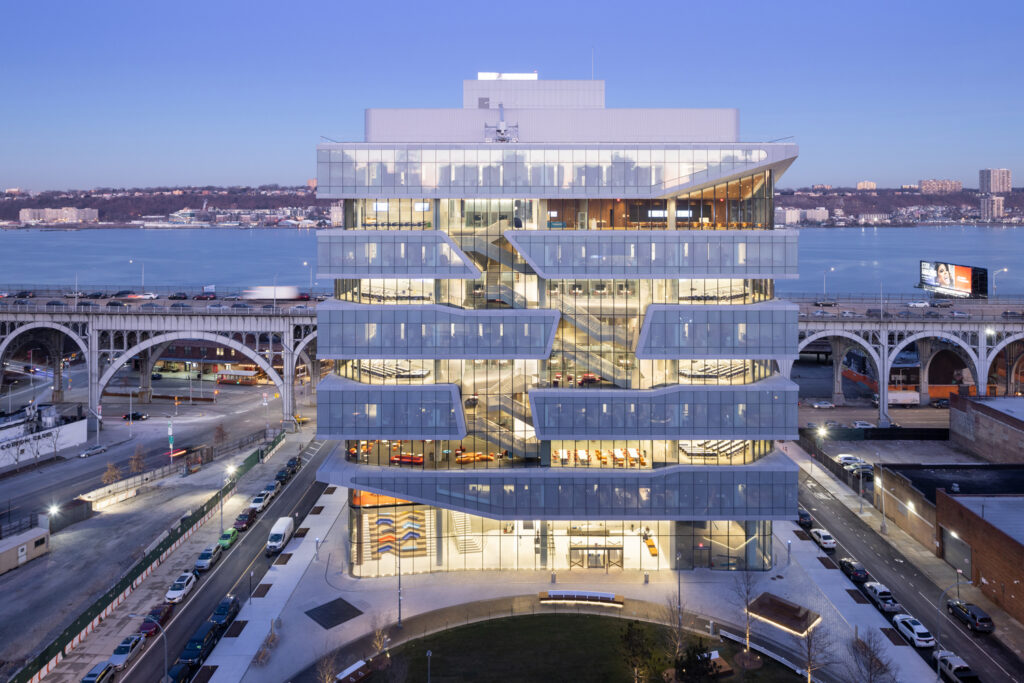Early in my career, I watched a mother struggle to explain a dinosaur exhibit to her visually impaired son. The labels were tiny, the lighting was dim, and the interactive elements were all visual. That moment stuck with me. Museums should be for everyone—not just those who can see, read, or move easily. At Gallery Wisp, accessibility isn’t an afterthought; it’s the foundation of everything we do.
For the Smithsonian Affiliate Program, we redesigned their ancient Egypt exhibit with tactile replicas, braille labels, and audio descriptions that painted vivid pictures with words. The result? Visitors who’d previously been excluded could finally experience the wonder of the artifacts. One teenager, who’d never been able to “see” a mummy before, told us it was the first time he felt like the museum was for him.
Accessibility also means thinking about flow and comfort. We work with architects to ensure wide pathways, seating areas, and quiet zones for visitors with sensory sensitivities. At the Miami Science Hub, we created a “calm corner” where kids with autism could take a break without missing out on the fun. Small changes, but they make a world of difference.
Here’s the truth: when you design for accessibility, you’re not just helping a subset of visitors—you’re making the experience better for everyone. Clearer labels, more intuitive layouts, and richer storytelling benefit all of us. A museum should be a place where no one feels like an outsider.

